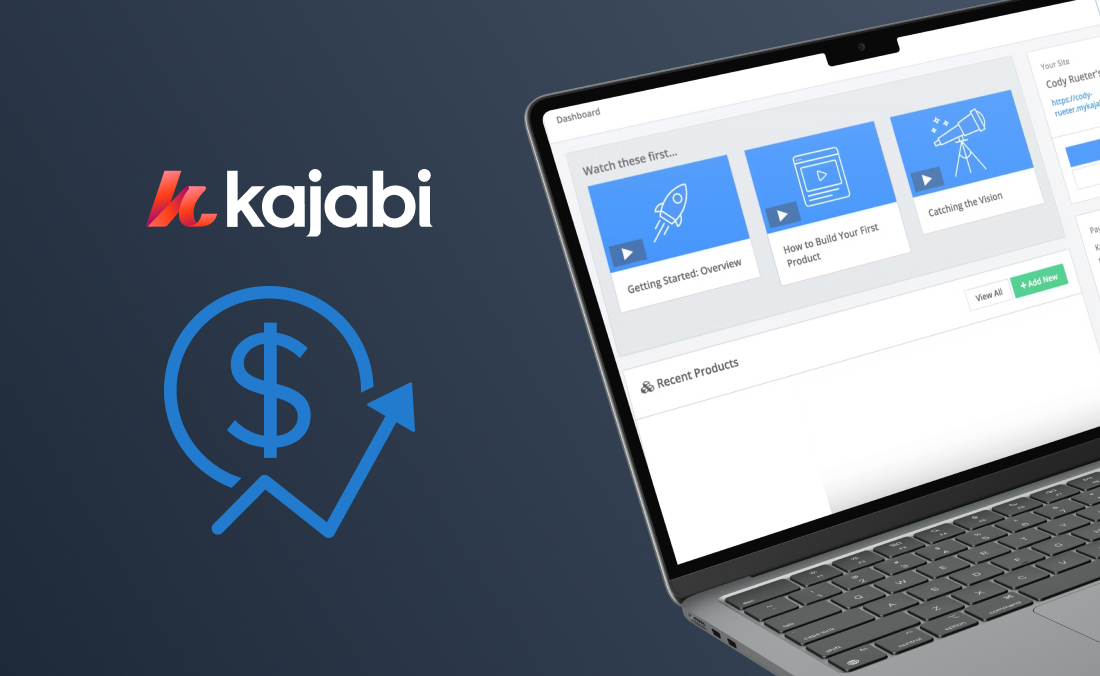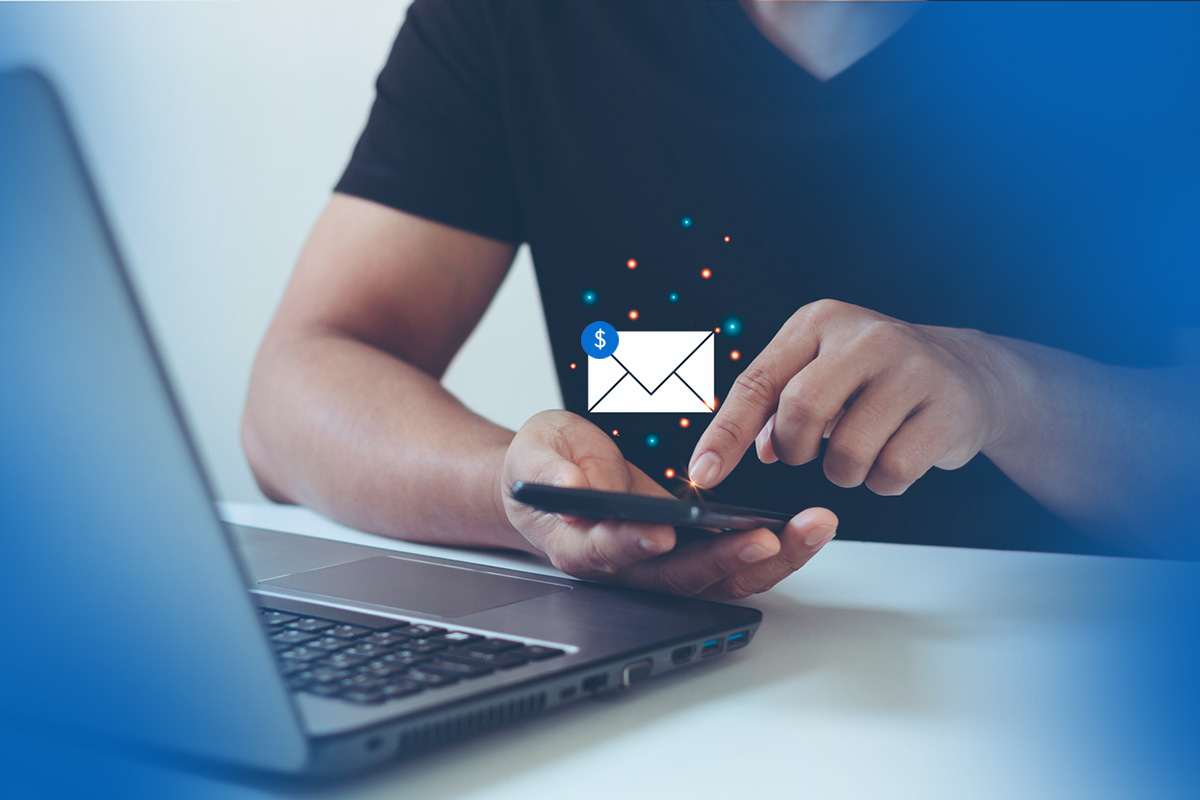Email funnels are the bedrock of an effective email marketing strategy. These strategic automated sequences guide email subscribers through successive stages of the customer journey, adding value to their experience with your online brand and persuading them to purchase.
A good email funnel targets a specific audience segment, provides quality content that resonates with the contacts’ values and pain points, and ultimately convinces them to progress to the next stage in the buying process. Think of email funnels as mini sales funnels. Starting with the first time a lead provides their email address through an opt-in form, customer interactions with your online brand should trigger email sequences intended to ultimately result in conversion actions.
Create Meaningful Audience Segments
Audience segmentation is a crucial stage in building email marketing sales funnels. Because email funnels aim to accomplish specific goals – nurturing leads into clients, and clients into advocates – they must be tailored to fit their reader’s values, pain points, and other purchase factors. Different types of audiences experience different buyer journeys and can’t be expected to resonate with the same messaging.
By creating audience segments based on lead source, for example, business owners can build email funnels that align with specific interests. The lead magnet opt-in form, landing page, or pop-up that convinced a lead to become an email subscriber gives you an indication of their values and interests. Now your business can engage them with highly targeted email funnels without overloading other contacts with irrelevant messages. Additional audience segmentation ideas include location, job title, device type, purchase history, engagement level, and stage of the buyer journey.

Audience segments won’t perfectly divide your email list, and it takes time to discover what factors make the most sense to focus on. But it’s worth the effort to avoid one-size-fits-all email funnels – instead developing highly targeted email messages that drive up conversion rates.
Align Strategic Email Sequences with Each Stage of the Customer Journey
Email funnels are distinct from other types of company emails, functioning as mini funnels within sales funnel stages that drive conversions. The number of emails in a given funnel – and the total number of email funnels you set up – will depend on the complexity of the typical buyer journey, and the complexity of your product offerings. Small to mid-size businesses will find they don’t need nearly as many separate email funnels and email funnel triggers as larger businesses managing a vast range of different products and services.
The important thing is to clearly understand where your email funnel fits into the overall buyer journey, and to create open loops at the end of each email series that leave room for your prospect to progress to the next stage.
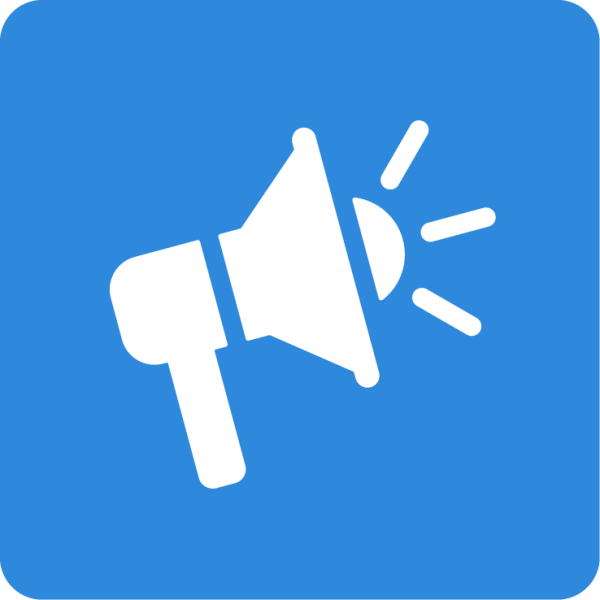
Email Funnels in the Awareness Stage
Awareness is a “top of the funnel” stage of the buyer journey. In other words, these contacts are the farthest away from a purchase decision – having only basic knowledge of your brand. Email funnels in the awareness stage should focus on building trust with new subscribers, providing them with valuable content. Instead of steering new leads toward a purchase decision right away, these initial funnels should guide readers toward the next intuitive step in the buyer journey, such as a free consultation.
Welcome Series
Email #1: Give lead the information they were looking for (e.g. provide the checklist offered in a lead magnet)
Email #2: Introduce your brand
Email #3: Leave an open door (e.g. let the contact know about a free demo)
For example, an email funnel in the awareness stage might be triggered by a lead magnet, such as a checklist or whitepaper download. This type of user is likely to be in the research or consideration stage of their journey, and may appreciate a welcome email followed by a series of emails with relevant content about your brand. Ending the welcome series with a helpful offer helps keep the loop open, encouraging the prospect to engage further with your brand.
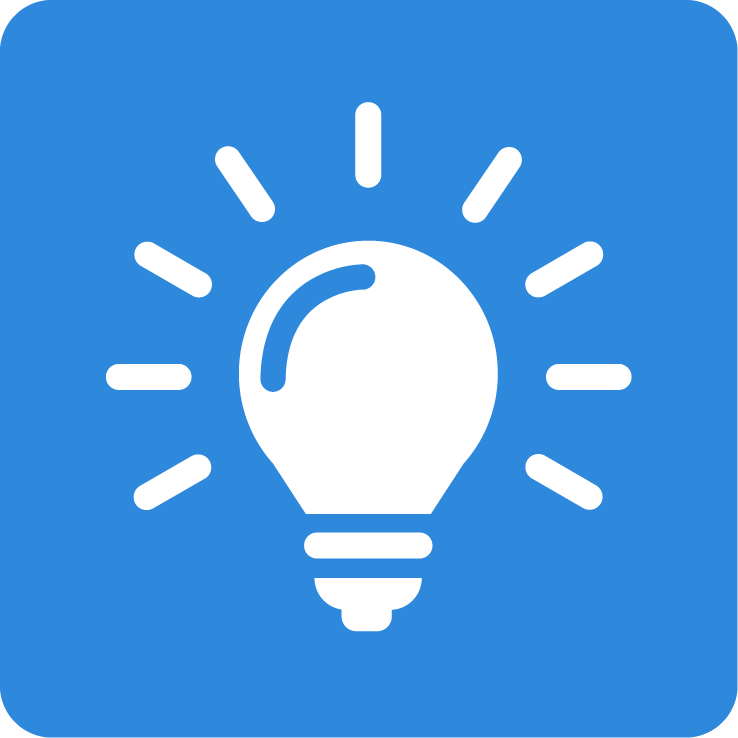
Email Funnels in the Activation Stage
The activation or conversion stage of the sales process is where a lead is persuaded to take action – such as making an order or signing up for a service. Email sequences in the activation stage prompt leads to make a purchase decision. These emails could be sent at the end of a patient series of educational content, or triggered by a user action that identifies potential customers interested in purchasing.
Activation-focused email funnels include incentives to convince the hesitant buyer to become a paying customer – whether through abandoned cart reminders, upsell or cross-sell sequences, or free offerings such as a free demo or limited-time free trial.
Sales Series
Email #1: Make an offer for your product or service
Email #2: Remind contact of abandoned cart or expiring offer
Email #3: Begin post-purchase cross-sell or upsell emails
Just remember to tailor your message to your audience, giving them a call to action and sales pitch that aligns with their reason for buying. Some prospects will be motivated by financial incentives like discounted pricing, while others may need social proof such as case studies, testimonials, or customer reviews to be persuaded of the benefits of your product or service.
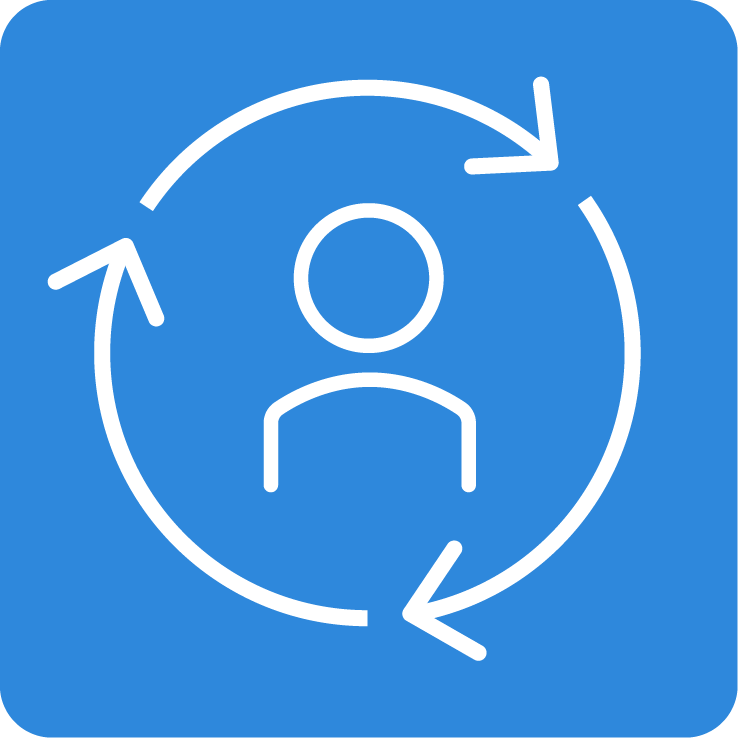
Email Funnels in the Retention Stage
The goal of email marketing is not just to prompt specific purchases, but to build a loyal customer base. This means email funnels apply to every stage of the buyer journey, even after a lead becomes a customer. Retention email sequences focus on adding value to existing customers’ experiences through thank-you messages, onboarding emails, product tips, surveys, or other types of informative email content.
Retention email funnels also encourage future conversion actions, prompting customers to purchase again. Product-led businesses, such as eCommerce companies, can use email campaigns to cross-sell products based on what items a customer purchased in the past. Upsell sequences are key email marketing campaigns for SaaS companies, showing customers the value in premium subscriptions. And if you have customers whose brand engagement has declined, evidenced by a lapsed subscription or a drop in open rates, incorporate re-engagement emails that periodically follow up and prompt a new purchase.
Cross-Sell or Upsell Series
Email #1: Thank customer for recent purchase
Email #2: Recommend related product (cross-sell) or upgrade (upsell)
Email #3: Make an offer (e.g. a limited-time discount or free trial)
While it’s easy to focus on obtaining new customers, email funnels that focus on client retention are important for creating a positive brand experience. Retention funnels can even drive down business expenses because it typically costs a business more to acquire customers than it does to keep them.
Learn more in our guide to Upselling vs Cross-Selling: How to Choose the Best Tactic in Your Digital Marketing
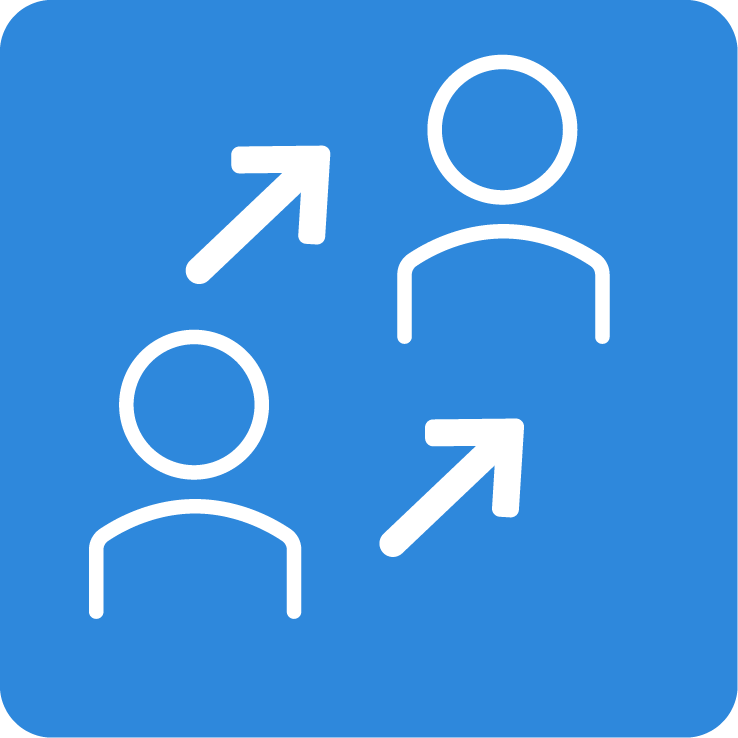
Email Funnels in the Referral Stage
The final stage of a sales cycle isn’t simply about retaining a client’s business, but encouraging brand advocacy. Email marketing funnels in the referral stage might offer referral incentives, remind about referral programs, or simply encourage clients to share their experience with their network. Test a variety of referral marketing strategies to determine how to best convince your customers to become brand advocates.
Referral Request Series
Email #1: Inform customer of referral incentive and referral process
Email #2: Remind contact of referral offer
Email #3: Provide promised incentive and thank client after successful referral
Refine Messages with Email Automation Tools
Email marketing automation tools save business owners a significant amount of time, but they also allow for more highly personalized email funnels that are backed by user behavior metrics. Automated tagging, unlimited trigger rules, and A/B testing are three of the most important functionalities that email automation software offers for developing highly targeted email messages.
Automated Tags and Lists
Many audience segments are fluid – contacts in your email list don’t always stay in the same client category. For example, a contact initially tagged as a lead would become a client after they make a purchase and should no longer receive email sequences intended for hesitant prospects. Manually adjusting audience tags would be an incredibly time-consuming task, but a quality email software can automatically assign tags, moving contacts between email lists based on key actions.
Unlimited Trigger Rules
Not every email funnel needs a separate trigger action. In fact, dividing email funnels too sharply between categories of users may result in contact lists too short to be effective. Email marketing software can send the same email sequence to leads based on a variety of possible trigger actions. For example, you may have multiple lead magnets with different content that attract users in a similar buying stage. Assigning multiple triggers to an email sequence means you can create the emails once, and cross-apply the sequence wherever it fits.
A/B Testing
The most successful email funnels for your business will be ones you have tested to perfection – and ones you are willing to adapt to align with changes in your target audience and brand. A/B testing, or split-testing, is one of the most important email marketing tools for email funnel optimization.
You can A/B test nearly every element of an email funnel as long as the sample size is statistically significant, you test one variable at a time, and you have a clear goal in mind – such as improving conversions or click-through rates. Use A/B tests to optimize the number of emails in a sequence, the most effective CTA, the most appealing template design, and any other factor you have reason to believe has an impact on campaign performance.
Business owners need quality email automation software to build effective email funnels that convert leads. Learn what other features your email marketing platform should offer!
About Kartra
This blog is brought to you by Kartra, the all-in-one online business platform that gives you every essential marketing and sales tool you need to grow your business profitably – from sales pages and product carts to membership sites, help desks, affiliate management and more. To learn how you can quickly and easily leverage Kartra to boost your bottom-line, please visit kartra.com.

